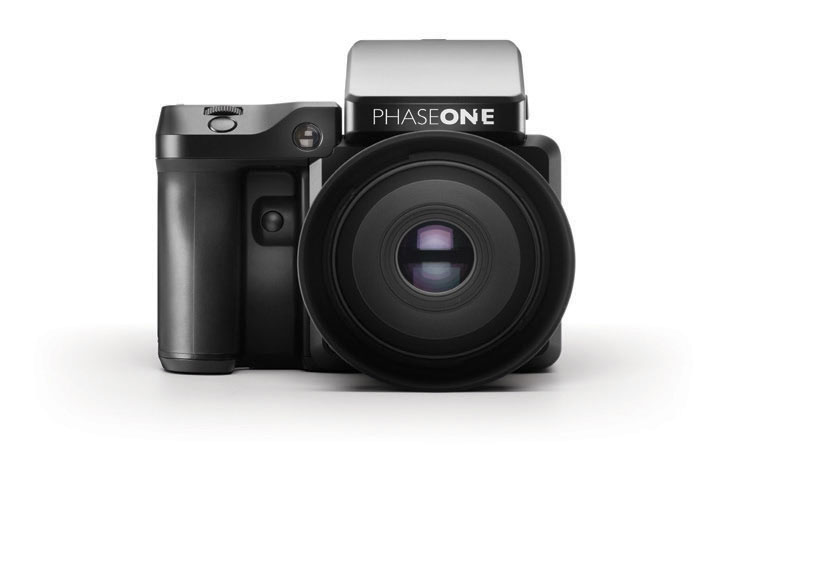Gear Testing, Tech Tips
IQ4 and USB Type-C Power Delivery Capabilities
The Phase IQ4 series contains a litany of improvements over the previous Phase One IQ backs. The resolution, color, dynamic range, flexibility for tech cameras, faster tethering, longer tether cables, live view focus peaking and Capture One Inside (link) all make it faster, easier, and more powerful to use. In this article we’ll focus on one specific improvement made to the power management options.
Here at DT, we always listen to the requests and concerns of our clients, and from those inquiries, try to look for solutions that will benefit their workflows. One of the requests that we heard most frequently in the IQ3 days was for a better way to keep the digital back charged when shooting tethered on-location, a common scenario for architecture, interior, and landscape photographers. We shared these concerns with Phase One and were pleased when they delivered a solution with the IQ4.
Among the many new features of the IQ4 platform, the USB Type-C connector is one of the most important. By upgrading the connection from Type A to Type C, Phase One not only increased the system’s transfer speed; it can now also deliver up to 100W of power directly to the digital back. We wanted to find good solutions that could both charge the digital back through USB and function as a hub for tethering to a laptop when there is no access to power outlets. In our testing, we discovered many generic battery packs that are able to do one or the other – most could be used to charge the digital back or be used as a hub to transfer data to the computer – but most of them could not do both simultaneously. So far, the only one we were able to find that is able to do both is the Omnicharge Omni 20+ USB C power pack.
From the image below, you can see that setup between the digital back, hub, and computer is quite simple; as long as the Omnicharge battery pack is set to Hub mode, everything else is plug and play. We recommend keeping the USB-C cable from the computer to the power pack short, since the recommended cable length of USB Type-C to Type-C is 2 meters. If your workflow is shooting to card, you can set the pack to regular Charge Mode and ignore the USB connection from computer to the digital back.

After connecting all the pieces, we wanted to see how the power was being utilized and distributed between the hub, digital back, and the battery. The latest IQ4 firmware shows detailed Power Information under the Power Management Menu, giving us an overview of where and how power is being consumed.
Under Power Info, there are two important sections to understand. One is called “Max Charger Input” and the other is called “Input to Charger”. Below are the definitions:
Max Charger Input: This value shows the maximum power the charging device is allowing into the digital back
Input to Charger: This value shows the current power the digital back is drawing from the charging device
So from the image below, we can see that the power pack/hub is capable of providing approximately 45 watts of power, which matches Omnicharge’s technical specification. More importantly, under Input to Charger, the mA value changes based on the operation of the digital back. When the digital back is exposing for an image, the mA will go up to 200 as shown below; however, if the digital back is idled for a while, the draw will be reduced down to 100 mA to conserve power. If the digital back’s battery is not fully charged, the draw will be greater (we have seen it fluctuate between 550 to 600 mA).

When the digital back is drawing power from the power bank, the digital back’s battery is not being discharged at all. You can see from the next image that when the USB Type-C cable is removed; the digital back immediately starts drawing power from the battery (Discharge from Battery at 512 mA). This confirms that while there must be an internal battery present in the digital back, using a power bank bypasses the internal battery and runs the digital back solely off of that power bank. In this case, the battery pack holds 20,000 mAh compared to the internal battery of 3400 mAh, providing the equivalent of over five fully charged batteries (not counting the internal battery, once it’s fully depleted)!

This is just one of the many workflow improvements made by possible by the advanced tech inside the Phase One IQ4. For example, for those shooting in the studio, several other options exist to keep the IQ4 powered without relying on the battery (e.g. AC Adapter, power over ethernet, etc). If you have any questions or inputs regarding this setup, please feel free to contact us here and we will be more than glad to hear from you!

